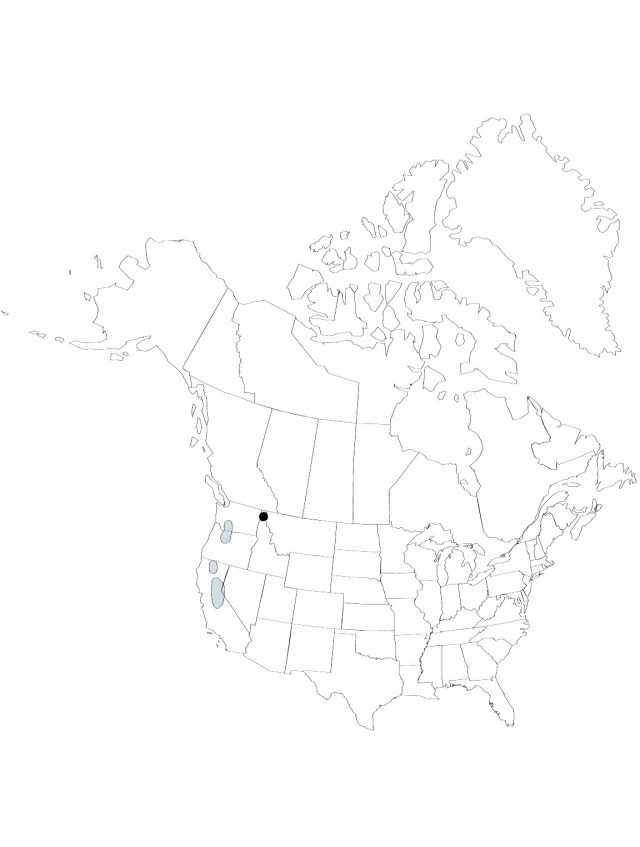Rhizomes thick. Culms densely cespitose, reddish, 6–30 cm × 2 mm. Leaves: basal leaves numerous, blade to 20 cm × 4–6 mm, sometimes longer than stem, apex long-pointed to 12 mm, mostly glabrous; cauline leaves 2–3. Inflorescences 5–15 cm, width 1/2 to equaling length; branches widely spreading to 90°, stiff, not drooping; proximal bract inconspicuous, less than 2 cm; bracts and bracteoles clear, margins slightly lacerate, often with a few cilia. Flowers solitary; tepals pale brown with reddish tint, 1.8–2.4 mm, apex reflexed, long-acuminate; outer whorl slightly longer than inner whorl; anthers ± equaling filaments; stigmas 3 times style length. Capsules deep reddish brown, shorter to slightly longer than tepals. Seeds light brown, 1.2 mm.
Phenology: Flowering and fruiting summer.
Habitat: Subalpine forest to alpine granitic slopes
Elevation: 2100–3700 m
Distribution

Calif., Idaho, Nev., Ore., Wash.
Discussion
The culms of Luzula divaricata are reddish colored.
Selected References
None.